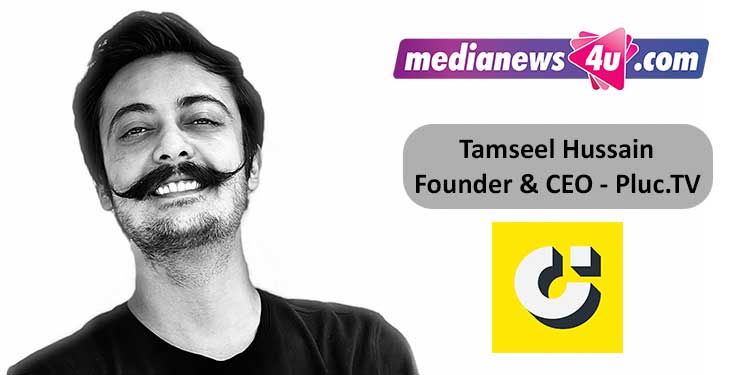A decade back, influencer marketing represented a new opportunity for brands to increase awareness and build consumer trust. But soon, we saw influencer fatigue and inauthentic brand partnerships coming up. Ten years later, a new generation of creators is leveraging their engaged micro-communities to build their own brands.
More than 50 million people around the world consider themselves creators, despite the creator economy only being born a decade ago. (Source – SignalFire) It’s become the fastest-growing type of small business, and a report published on The Sun found that three-quarters of children say they would consider some sort of career in online videos.
In the early days of social media and the Attention Economy, the creators needed the platforms’ audience. As the creators and their leverage increased, the barriers to micro-entrepreneurship decreased, and people with niche interests around the globe were able to discover like-minded people, and the platforms now need the creators and their loyal communities. They are now competing for creators.
Decentralization is already here. If brands want to stay relevant, they need to adapt to the creator economy. This requires a completely new attitude and approach.
The statistics are telling us that people want their favorite creators to put their stamp of approval on what to buy or which service to use — the Creator Economy is asking for content that is trustworthy and authentic. And as a brand, there’s never been a better time to engage with creators.
Lets dig deeper- Brand Collaborations from the creator perspective or Influencer marketing from the agencies perspective, have been generating revenue for both parties. Creators partner with their favorite brands to raise awareness, inform audiences, or drive conversions online.
Let’s divide these creators further:
- Affiliates: Industry experts with an authoritative publication channel working on a referral fee or commission structure.
- Brand ambassadors: Exclusive brand champions with a highly engaged online community posting in exchange for commissions, free products, or both.
- Customer advocates: Brand community members that have a history of brand loyalty and a desire to take that loyalty to the next level in exchange for various exclusive perks.
- Media producers (independent contractors): Talented photographers, videographers, or copywriters that can build eye-popping content at a modest rate for organic and/or paid social campaigns.
Average digital marketing revenue is usually divided into 3 parts now, content creation, digital marketing and influencer marketing. Creator Economy changes this with so many new features like Creator Tipping, Non-fungible Token Exchanges (NFTs), Entrepreneurial Intent.
The two big trends we see here are:
- Over time, creators will become more diversified in their revenue streams and will be funded directly by their fans. Localized and niche creators will rise because they will have more space to innovate.
- The future of the creator economy will be focused on creator autonomy. Where social platforms will only be a part of the entire funnel for reach and views and all other activities from collaboration to distribution and monetization will be supported by amazing creator-centric platforms.
If brands want to create the impact they need to go hyperlocal, and the creator economy will boost that, the hyperlocal creators will create more impact. At Pluc.TV we have seen brands engage creators from multiple cities and get premium video content from locations they wouldn’t have thought of before and in a time span that’s much faster.
As the creator economy rises, the dynamics between brands and creators are also bound to evolve, we will see that brands will have more options, they can work with diverse groups, in a decentralized way to reach more relevant audiences.
Authored article by Tamseel Hussain, Founder & CEO – Pluc.TV.
















